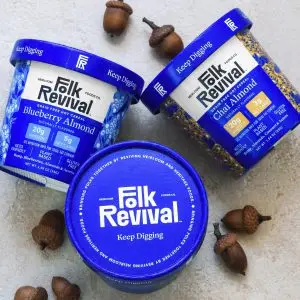With media reporting an increase since January 2020 of drownings at residential locations, such as a child’s home, a family or friend’s house or a neighbor’s residence, the upcoming U.S. Consumer Product Safety Commission (CPSC) 2020 Pool Safely report will highlight the need for continued vigilance in combatting child drownings, particularly as many families prepare to spend more time at home this summer to curb the spread of COVID-19.
CPSC’s Pool Safely Campaign Leader, Nikki Fleming talks about the report and provides tips for swimming at home, especially since due to ongoing public health concerns about the coronavirus, summer swim season will likely look a bit different this year. Fleming shares, “Hundreds of children die each year in pools and spas. We need to do more because drowning is still the leading cause of unintentional death among children ages 1-4, and the second leading cause of death for children ages 5-14. Of additional importance is the fact that minority communities continue to face unique water safety challenges with 64 percent of African-American children and 45 percent of Hispanic children possessing poor swimming ability, compared to 40 percent of Caucasian children. This puts minority children at greater risk of drowning.”
As a result of the COVID-19 restrictions most states have enacted to help stop the spread of the coronavirus, many community pools remain closed and families are spending more time together at home. Despite these changes, there are still more than 10.4 million residential swimming pools in the U.S. For families without home pools, the delayed opening of public pools could lead more people to turn to open bodies of water, many of which do not have lifeguards, to escape the summer heat. Social distancing guidelines also have paused many traditional group swimming lessons. These factors, coupled with curious children who may be searching for new things to do, and adults who may be distracted by competing priorities, highlights the fact that continued vigilance to water safety remains as important as ever.
Listen to Nikki and Mark here





Comments
Thanks for sharing your post about pools. You had a lot of good stuff in it AND it was interesting. I always thought half of the homes for sale in Las Vegas have a pool. I was wrong. It’s only about 1/3. I attached our post about pools https://HomesForSale.Vegas/homes-with-pool with additional information about safe pool designs. Again, thanks for sharing your knowledge and helping others.
Kurt Grosse
https://homesforsale.vegas/